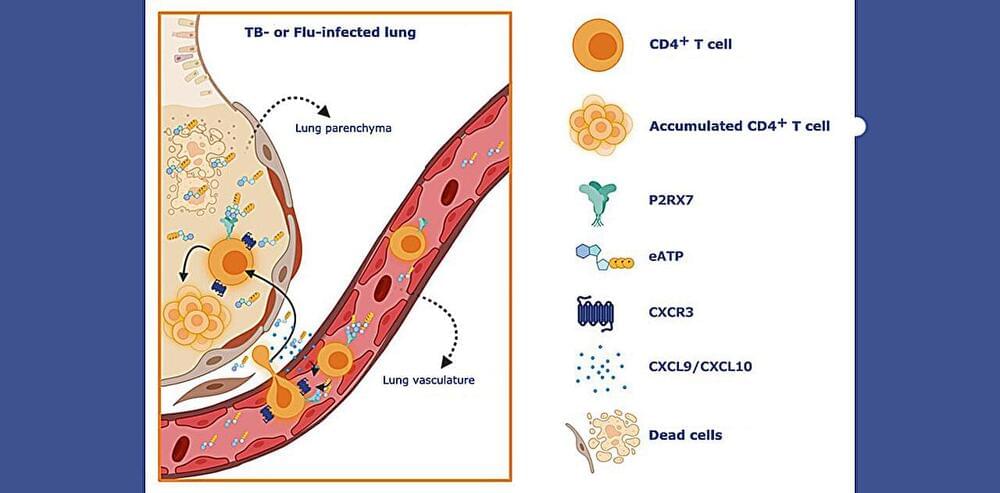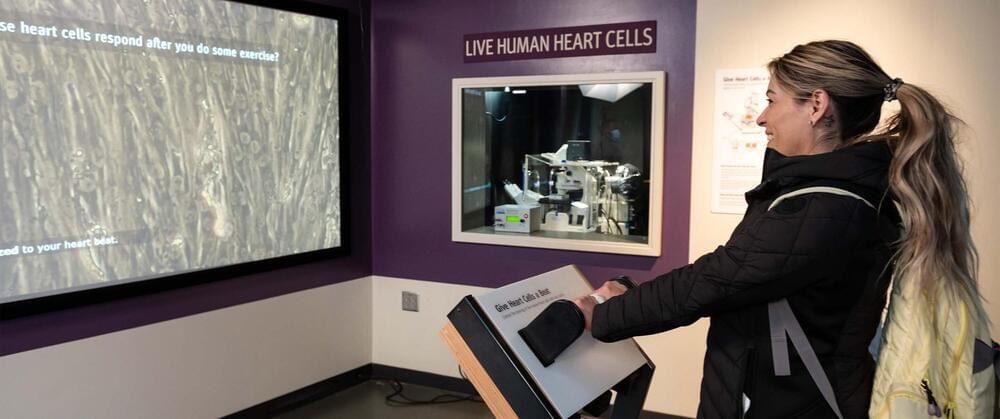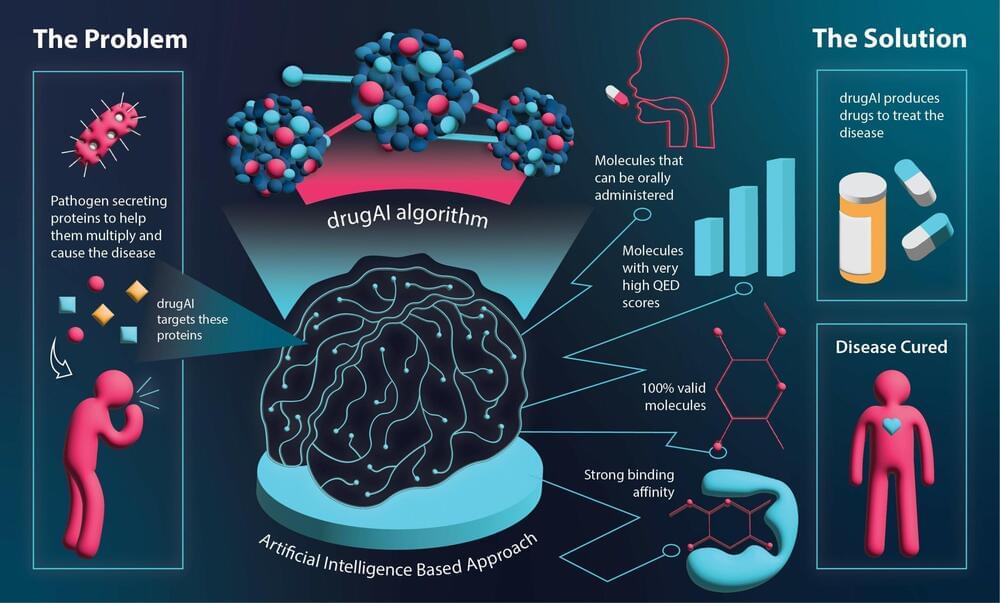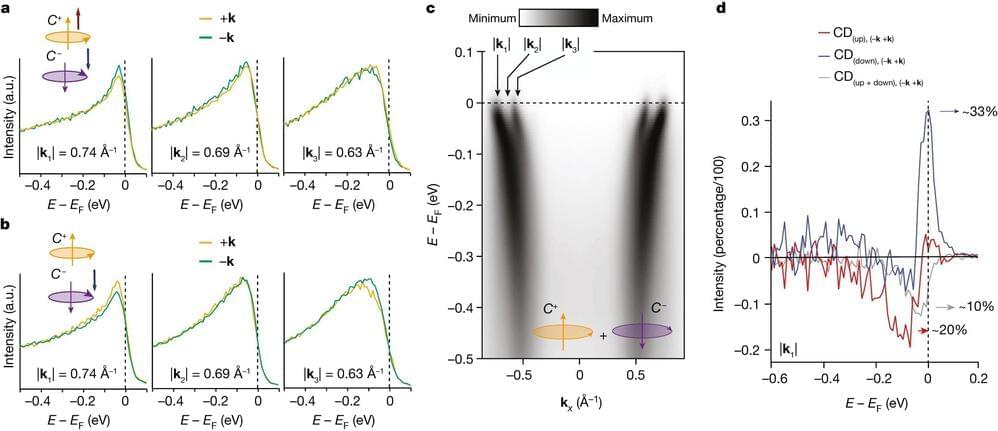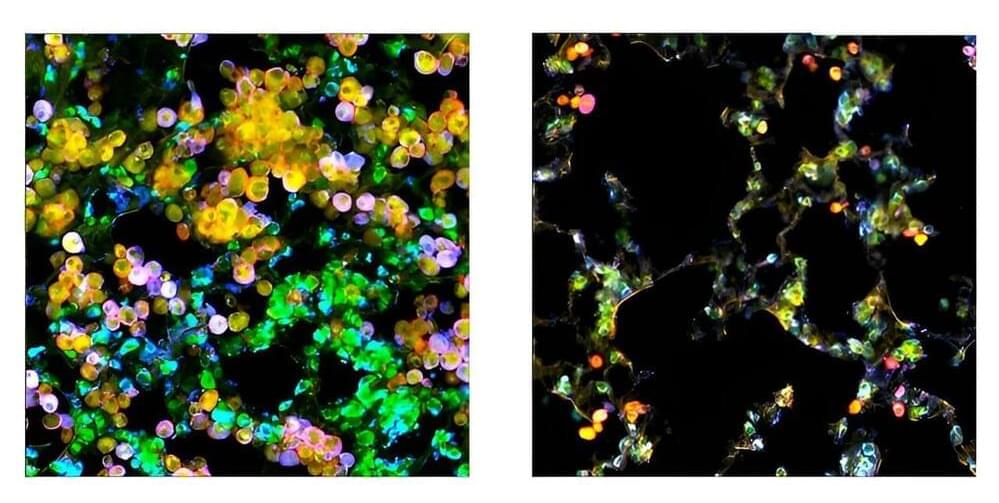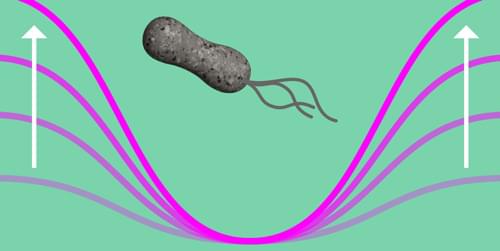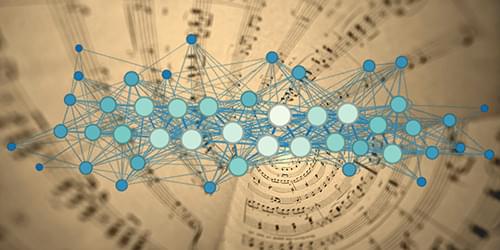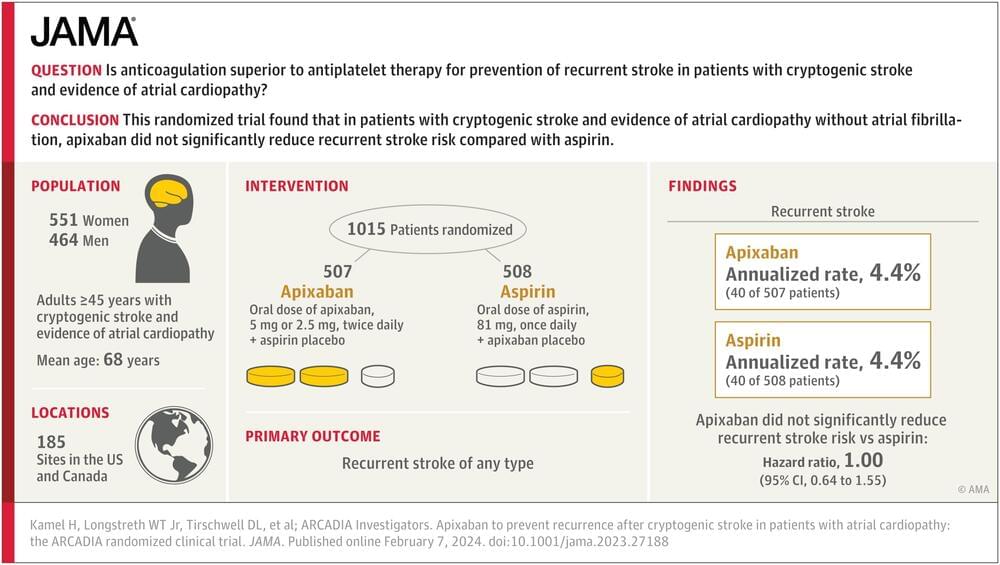Feb 8, 2024
Study reveals mechanism that aggravates tuberculosis and reduces survival rates
Posted by Shubham Ghosh Roy in category: biotech/medical
CD4+ T cells have been highlighted in the scientific literature for the important role they play in the immune response to lung infections. However, an article published in the journal Cell Reports shows that an imbalance in the volumes of these defense cells in different parts of the lung in response to infection can do more harm than good.
The study described in the article involved infecting mice with hypervirulent tuberculosis and influenza. The authors concluded that an “ideal amount” of CD4+ T cells in the lungs was required for a cure.
This finding opens up perspectives for therapeutic interventions aimed at combating diseases that attack the lungs while not affecting the ability of the adaptive immune system to fight off infection. Even relatively small numbers of CD4+ T cells in the lungs proved sufficient to afford protection against tuberculosis, for example.
